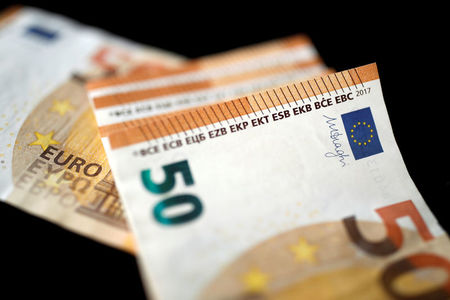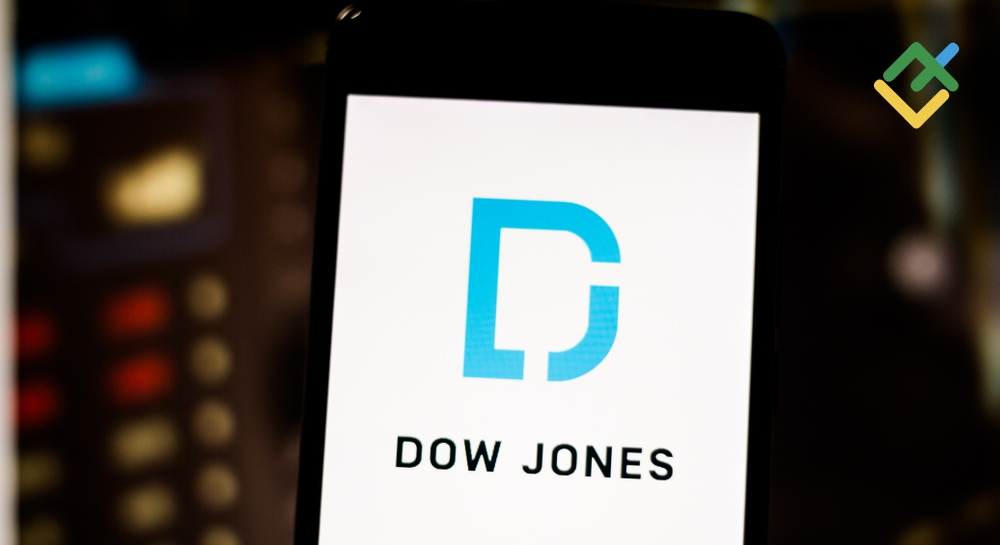
Investing.com — Recent developments have reinforced the factors supporting the dollar’s strength over the past decade but the upcoming US election could significantly alter this trajectory, according to Goldman Sachs strategists.
Tariffs, which play a central role in foreign exchange (FX) markets, are expected to be the focus under different election scenarios, Goldman says.
Specifically, the bank points out that the dollar could see its strongest response from a Republican sweep, which could lead to larger tariff increases and domestic tax cuts. In contrast, a divided Republican government is expected to trigger a narrower and smaller dollar rally.
Meanwhile, a Democratic sweep or divided Democratic government “would likely result in some initial Dollar downside as markets reprice the prospect of more dramatic changes in tariffs,” strategists said.
They believe that currencies sensitive to China and policy changes, such as the Mexican Peso (MXN), Chinese Yuan (CNH), South Korean Won (KRW), Euro (EUR), and Australian Dollar (AUD), would experience some relief after recent market moves.
The firm’s research indicates that under a baseline scenario of increased US tariffs on China with a Republican government, the Chinese Yuan could weaken to around 7.40, and the Euro could decline by approximately 3%, or even up to 10% in the case of a global baseline tariff with corresponding tax cuts.
The outlook for the Japanese Yen against the US dollar (USD/JPY) is less clear due to competing influences, making it a less preferred currency pair for Goldman Sachs in this context.
“Fundamental analysis generally points to smaller FX impacts than event studies or policy-focused analysis, so we think investors should treat estimates based on the 2018-19 experience with care. And we think markets will not fully reflect our tariff expectations immediately,” Goldman’s team said in a note.
“As a result, we favor longer-dated trade expressions in Republican outcomes than Democratic ones,” they added.
Goldman emphasizes that US policies are just one of the key factors shaping the FX outlook.
The bank sees potential upside risks to their forecast of a gradual Dollar depreciation from its 2022 peak, citing the continued ‘US exceptionalism.” However, they also flag potential downside risks if China’s stimulus efforts have a greater-than-expected impact on rebalancing global growth.
This post is originally published on INVESTING.



